Swollen Wrist
What is a Swollen Wrist?
A swollen wrist is a common medical condition characterized by an enlargement or puffiness in the area surrounding the wrist joint. This swelling can result from various causes, including injury, inflammation, or underlying medical conditions.
The wrist is a complex joint comprising bones, ligaments, tendons, and muscles, and any disturbance in these structures can lead to swelling.
A swollen wrist typically occurs after a traumatic incident, such as a bone fracture, bruise, or sprain of the wrist.
Additional causes of wrist swelling include overuse and arthritis, which is a result of inflammation in the joints.
Swollen wrist symptoms
An enlarged wrist is usually the result of an injury related to stressful events that result in sprains and fractures. If you cannot remember ever injuring your wrist, you may have long-term issues that are producing swelling For example, swelling can result from repetitive tension from jobs like typing and knitting.
Generally speaking, fluid accumulation in your body’s tissues causes swelling. When an area of the body becomes inflamed, injured, or damaged, the body’s tiny blood vessels begin to leak fluid. More fluid and swelling come from the arrival of white blood cells to repair the injury.
Associated Symptoms of a Swollen Wrist
If you’re suffering from wrist swelling, you may also encounter the following symptoms.
- Stiffness
- Bruising
- Tingling
- Transient numbness that can become persistent
- Weakness or decreased strength
- Pain in the fingers or hand
It’s critical to recognize and be able to distinguish these symptoms because some of them may manifest before the swelling does. Schedule a consultation with your physician as soon as you notice any symptoms so that you can get the treatment you need.
Swollen Wrist Causes
Wrist swelling can be caused by numerous circumstances. You might be able to comprehend your symptoms better after reading the following information. If, however, your wrist swelling gets worse or doesn’t go away, you should consult a doctor for a clear diagnosis.
Wrist structure
The wrist is a multi-component joint made up of bones, muscles, blood vessels, nerves, ligaments, and tendons.
The wrist is prone to injury and consequent swelling in various locations.
Wrist pain, injury, and swelling can arise from any condition that puts stress on these components, promotes misuse of them, or damages them. Scheduling a visit with your doctor is crucial for receiving a precise diagnosis and appropriate care.
Traumatic causes
Traumatic events, like car crashes, can damage the wrist. Injuries could potentially come from other incidents.
- Falls: An outstretched hand that is dropped causes direct harm to the wrist. It is easy to twist and fracture bones, tear tendons and muscles, and sever and damage blood vessels and nerves. The wrists will enlarge, regardless of the exact method.
- Sports injuries: Similar to falls, injuries resulting in swollen wrists are frequent in contact sports like hockey and football. Furthermore, fall-related sports like skiing, volleyball, or biking can cause edema and wrist injuries.
Positional causes
Knitting and typing are two examples of activities that might cause long-term strain and harm since they directly squeeze the wrist nerves. These seemingly harmless activities might cause wrist injuries that can cause chronic swelling if they are repeated.
Inflammatory causes
Compression and pressure from inflammatory processes affecting the wrist’s constituent elements, especially the blood vessels and nerves, can result in swelling and injury.
- Arthritis: Several illnesses that result in excruciating inflammation and stiffness of the bones and joints are together referred to as arthritis. Numerous wrist joints may be affected by arthritic processes, which can irritate them and frequently result in injury. Many people who have arthritis have multiple joints that are always swollen.
- Cysts: Cysts are sacs that can form in any area of the body and are filled with liquid, air, or another substance.
- The body recognizes these fluid-filled forms as foreign, and it often launches a healing reaction that results in swelling surrounding the cyst.
Wrist sprain
An injury to the wrist’s ligaments is called a sprain. More severe sprains can rupture the ligaments, but milder sprains only cause the ligaments to stretch.
Tomorrow is when you should see your primary care physician. To ensure that there is no more harm to the wrist bones, he or she might ask for imaging.
Rheumatoid arthritis
Rheumatoid arthritis is a chronic inflammatory condition that thickens and hurts joints due to damage to the joint lining. Other bodily organs like the heart, lungs, eyes, and circulatory system may also be impacted.
Being an autoimmune disease, rheumatoid arthritis results from the body’s immune system attacking itself for unclear causes.
Ages 30 to 60 are the most risky for women. In addition, smoking, obesity, and family history are risk factors.
Fatigue, fever, warm-up, swollen, stiff, painful joints—particularly in the fingers and toes—are among the early symptoms. Usually, affected joints are the same on both sides of the body.
Irreversible joint deformity and damage might arise, along with additional consequences, if left untreated. Early detection of a condition can facilitate the start of preventive treatment
A physical examination, blood tests, x-rays, CT scans, or MRI are used to make the diagnosis.
Rheumatoid arthritis cannot be cured, however, it can be controlled to improve quality of life. Nonsteroidal anti-inflammatory medications, steroids, anti-rheumatic medications, physical therapy, and occasionally joint replacement surgery are used as treatments.
Repetitive strain injury of the upper arm
Over time, upper arm repetitive strain injuries may result from performing repeated tasks consistently.
You just need to take a vacation from your overuse; treatment is not necessary. Wearing braces while undergoing physical therapy may be advantageous.
Top Symptoms: upper arm numbness, upper arm weakness, and upper arm pain from overuse
Symptoms that always occur with repetitive strain injury of the upper arm: upper arm pain resulting from excessive usage
Urgency: Self-treatment
Psoriatic arthritis
Skin that is redder, thicker, and scaly due to psoriasis can develop into psoriatic arthritis and other problems. Psoriasis may develop first or later, followed by arthritis.
These disorders are classified as autoimmune diseases because the body attacks itself; environmental and genetic variables are suspected to play a role in their development.
Those between the ages of 30 and 50 who already have psoriasis and have a family history of the condition are most susceptible.
The condition can cause pain, swelling, and heat in one or both of the body’s joints; it can also cause deformity and swelling in the fingers and toes; pitted and flaking fingernails; heel and sole pain in the feet; and joint pain in the low back.
Treatment is crucial because psoriatic arthritis can cause irreversible damage to the heart, joints, and eyes.
MRI, x-rays, and physical examinations are used to make the diagnosis. Psoriatic arthritis can be verified by testing on joint fluid and blood.
Anti-rheumatic medication, immunosuppressants, over-the-counter nonsteroidal anti-inflammatory medications, and joint steroid injections are all part of the treatment. An alternative is surgery to repair broken joints.
Polymyalgia rheumatica
Polymyalgia rheumatica, or PMR, is another name for, is an inflammatory disease and chronic pain that makes you stiff in the morning. It impacts the muscles in the midsection of the body as well as the shoulders, hips, and back.
Individuals over 50 are more likely to encounter it, while the actual etiology is unknown.
Within the next day, you want to think about talking to a healthcare professional about your problems. A review of your medical history and symptoms can help determine your PMR. A blood test could also be done by your provider. After a diagnosis, symptoms can be alleviated in as little as one week with the use of prescription steroid medication.
De Quervain’s tenosynovitis
De Quervain’s tenosynovitis is a painful condition that affects the tendons on the thumb side of the wrist. De Quervain’s tenosynovitis occurs when you twist your wrist or grasp anything. something, or make your fist.
Schedule an appointment with your primary care provider to explore your treatment choices and get the diagnosis confirmed. Over-the-counter pain medicines including ibuprofen (Advil, Motrin) and naproxen (Aleve) can also help reduce pain and swelling.
Common Symptoms: Hand numbness, hand weakness, thumb pain, hand numbness, and weakness in one hand.
The following symptoms are consistent with de Quervain’s tenosynovitis: thumb pain
Urgency: Primary care doctor
Contusion of the wrist
A bruise results from injury to the capillaries and veins, which are the blood vessels that return blood to the heart and cause blood to pool. This explains why most bruises are blue or purple. Wrist bruises are frequent, frequently the result of small traumas.
R.I.C.E. (rest, exercise as tolerated), ice (10–20 minutes at a time), compression (optional; use bandage or tape), and elevation can be used to treat this at home.
Top Symptoms: wrist bruising, wrist swelling, wrist pain following an injury, and wrist injury Symptoms that always occur with contusion of the wrist: wrist injury
Buckle fracture of distal radius
Because of the elasticity of their bones, children between the ages of 5-10 are most likely to suffer from buckle fractures of the wrist, also known as torus fractures. When force is applied, the radius, one of the two forearm bones, can fracture and break along the growth plate.
I would like you to see your primary care physician as soon as possible. This type of fracture is treated by immobilization in a cast.
Symptoms: persistent forearm discomfort, injury-related forearm pain, single-arm pain, swollen forearm, and wrist injury
Symptoms that always occur with buckle fracture of distal radius:injury-related or persistent forearm pain
Urgency: Primary care doctor
How is wrist pain diagnosed?
A physician may also use the following methods to identify the underlying cause of wrist discomfort following a physical examination and evaluation of symptoms:
- Medical imaging scans: CT, MRI, and X-ray scans are among the imaging tests that a physician may prescribe.
- Arthroscopy: A little incision is made on the wrist during this treatment. After that, a surgeon will make a small incision and implant a tiny device with a tiny camera attached. This will generate pictures that will help doctors evaluate and identify the source of wrist pain.
- Studies on nerve conduction: They quantify the speed at which nerve impulses go through the hand, wrist, and forearm areas.
Usually, doctors will only recommend invasive diagnostic procedures when all other methods of rest and injury healing have failed.
Swollen Wrist Treatments
Medical Treatment
Non-inflammatory medications: This kind of drug may be recommended by your doctor to treat arthritic conditions that are producing swelling
Anti-convulsants (anti-seizure medication): You should not be concerned; seizures are not likely the cause of the swelling in your wrist. Certain anticonvulsants, such as gabapentin (Neurontin) and carbamazepine (Tegretol), are also used to treat nerve discomfort that can cause swelling
Physiotherapy Treatment
A swollen wrist may respond well to physiotherapy, depending on what is causing the swelling in the first place. How physiotherapy can be helpful are as follows:
- Reducing pain and Inflammation:
Physiotherapists may employ techniques such as ultrasound, cold therapy, or TENS (transcutaneous electrical nerve stimulation) to reduce pain and inflammation.
Manual therapy: By improving circulation and lymphatic drainage, massage and joint mobilization techniques can aid in healing and reduce swelling.
- Increasing Flexibility and Range of Motion:
mild stretches: Your physiotherapist will advise mild stretches to improve your wrist’s range of motion and avoid stiffness once the acute inflammation has subsided.
- Exercises to Strengthen:
Gradual strengthening: Your physiotherapist will create a program of exercise to strengthen the muscles surrounding your wrist joint while it heals, improving stability and preventing further injuries.
At-home treatments and prevention
If mispositioning is the cause of your wrist swelling symptoms, consider these self-care recommendations and strategies for alleviation.
- Practice ergonomics: Make time for regular breaks if you spend a large portion of your day using a keyboard or performing other tasks that strain your wrists. When typing, try to maintain a neutral, relaxed wrist position and use wrist-relieving keyboards and foam supports.
- Use protective gear during sports activities: Wrist protectors can assist prevent injuries when participating in sports like gymnastics, tennis, snowboarding, and rollerblading.
- Hazard-proof the home: Make adjustments to your house that will aid in preventing falls. To avoid unintentional falls in the dark, replace slick rugs and mats, add handrails to the bathroom or shower, and light up areas.
- Apply ice then heat: Applying ice to your wrist will assist in minimizing pain and swelling. Applying heat or cold for longer than 20 minutes at a time is advised. For alleviation, you can do this every several hours.
When to See a Doctor?
Get emergency medical attention as soon as possible if your swelling symptoms indicate a serious wrist injury. These symptoms and signs include shooting pain, numbness, and/or tingling. Your doctor may suggest the following treatments based on your diagnosis.
- Physical therapy or rehabilitation: Stretching exercises or a physical therapy/rehabilitation program might be recommended by your doctor to help you regain wrist stability, strength, and range of motion.
- Casts or splints: A cast or splint may be necessary if you have a broken bone to assist hold the broken pieces together while the bone heals. Even if it was just a sprain, you might need to wear a brace to preserve the damaged wrist while it recovers.
FAQ
When should I go to the doctor for a swollen wrist?
When to visit a physician. Not all wrist pain needs to be treated by a doctor. For minor sprains and strains, ice, rest, and pain medications are usually useful. But consult your healthcare practitioner if the pain and swelling worsen or persist for more than a few days
Should you massage a swollen wrist?
Retrograde massage: A massage can aid in the reduction of swelling. Apply a moisturizing lotion with a water basis and gently massage. Start by massaging all of your fingers in the same way, beginning at the tips. After that, massage your palm up through the gaps between your fingers, along the back of your hand, and into your forearm, ending at your elbow.
How should I sleep with a swollen wrist?
She advises patients to maintain a small pillow or rolled towel in the crease of their elbow, secured with an Ace bandage or stocking. As a result, the elbow cannot bend all the way. The wrist can also be kept neutral with a wrist splint. It can also be beneficial to sleep on your back with a neck pillow so that your head falls back naturally.
Should I put heat on my swollen wrist?
Ice should be applied to an urgent injury to reduce swelling during the first two to three days following the accident. Heat can be used after this point to encourage blood flow and help the body’s natural healing process. Applying heat too soon could increase blood flow to the area and result in more swelling.
Is it OK to wrap a swollen wrist?
Wrap your sprained wrist: Wrist wraps and compression bandages provide additional support for your wrist during the healing process, assist minimize swelling, limit the range of motion, and lessen the possibility of additional injury. The bandages shouldn’t be too tight to the point of tingling or numbness.
References
- The experts are in | Buoy. (n.d.). https://www.buoyhealth.com/learn/
- De Pietro Crt, M. (2023, December 21). Why does my wrist hurt? https://www.medicalnewstoday.com/articles/312070

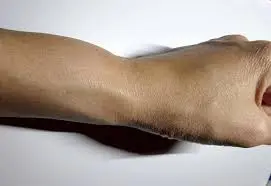
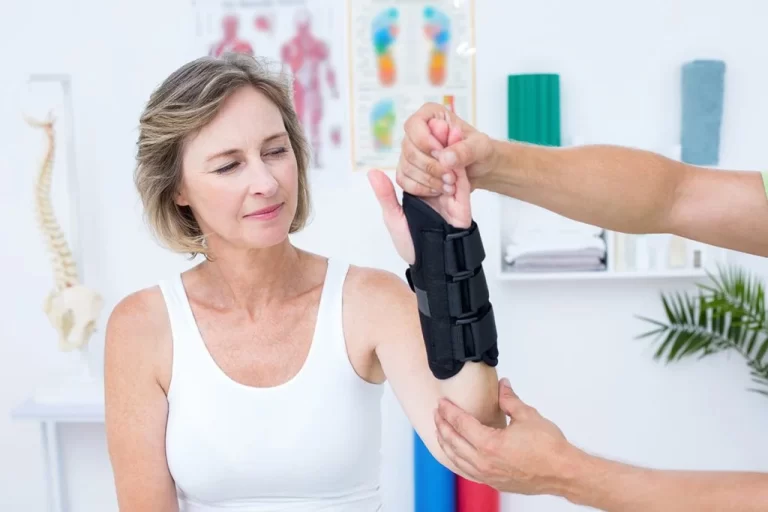
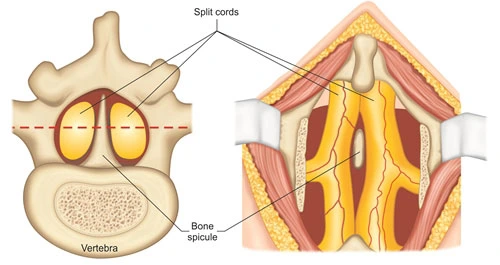
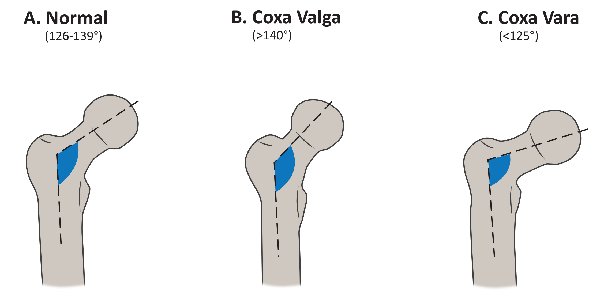
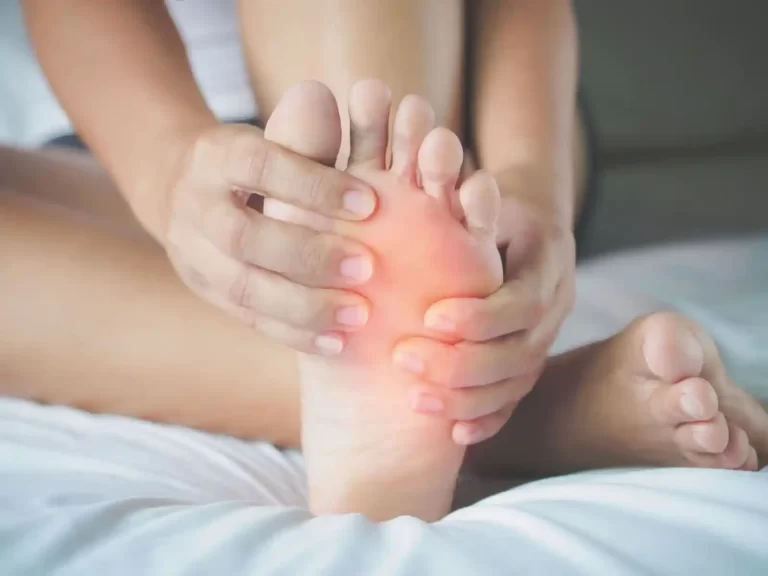
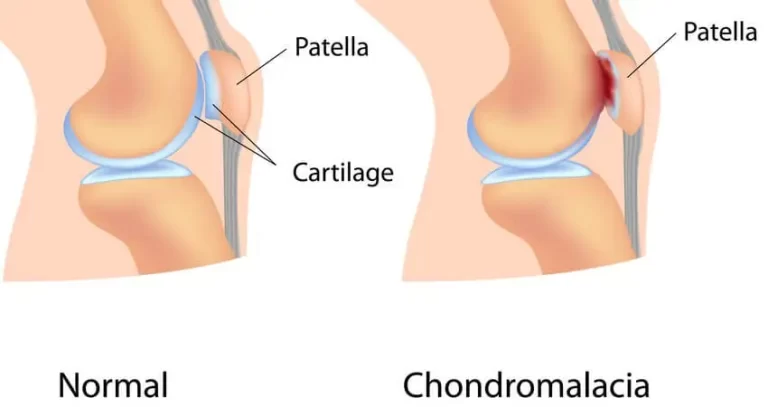
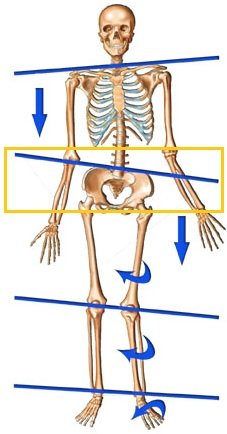
One Comment